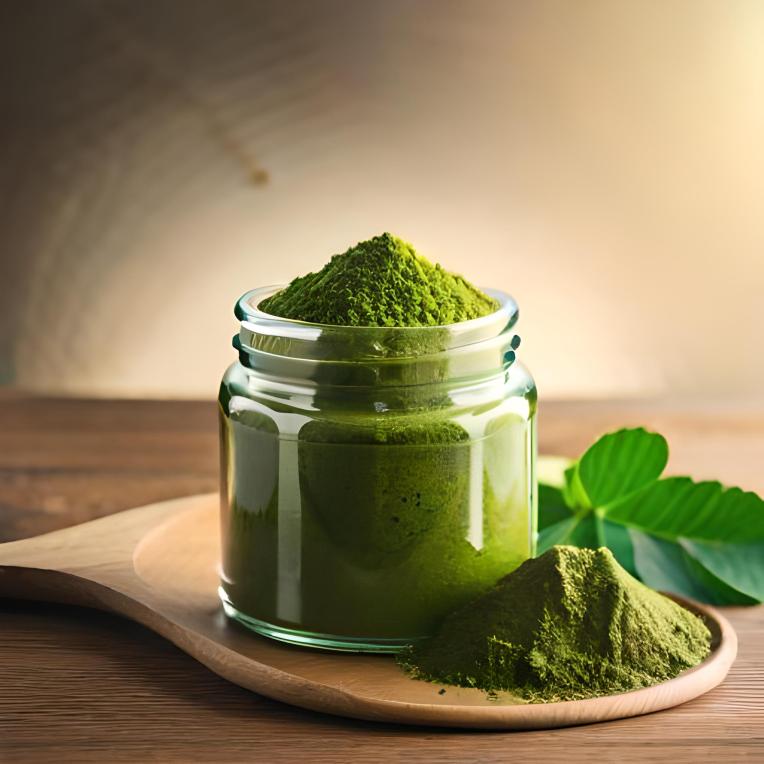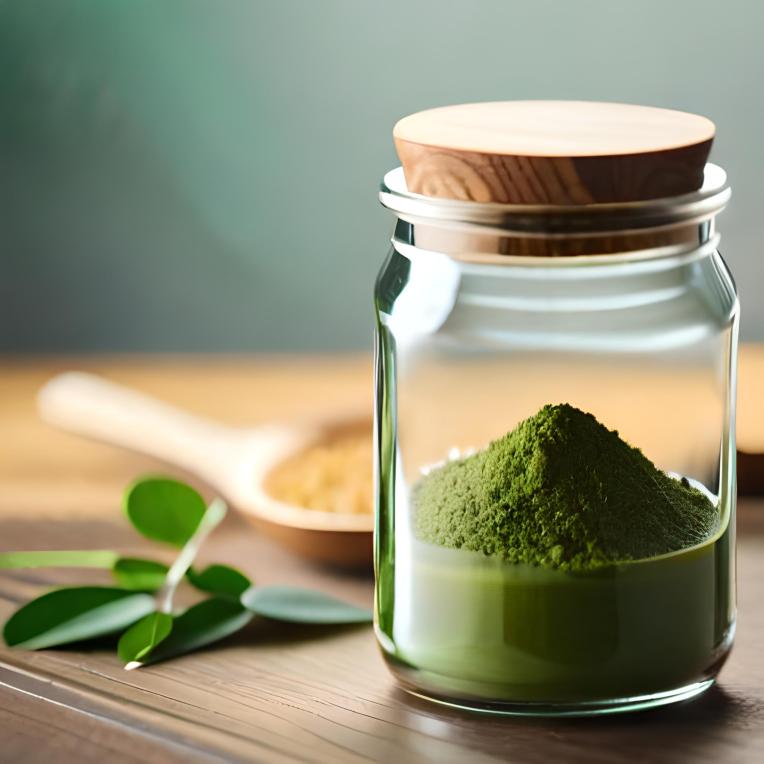How is Moringa Best Absorbed: A Comprehensive Overview

Introduction: how is moringa best absorbed
How is moringa best absorbed? Uncover the secrets of maximizing its nutrient content by exploring vitamins, minerals, phytates, vitamin C, and personalized strategies for optimal absorption.
Moringa’s Nutrient Content:
Moringa packs a punch with essential vitamins like vitamin C, vitamin A, and various B vitamins, which strengthen your immune system and promote overall well-being. It also offers an abundance of minerals, including calcium, iron, potassium, magnesium, and zinc, which support strong bones, nerve function, and healthy cells. What’s more, moringa is a fantastic source of protein, containing all nine essential amino acids. Protein is vital for repairing tissues, building muscles, and keeping your immune system strong. Including moringa in your diet can truly supercharge your nutrition!
Iron and Calcium in Moringa:

The Role of Iron and Calcium:
To comprehend how is moringa best absorbed, we must acknowledge the significance of iron and calcium. Iron supports red blood cell production and oxygen transport, while calcium is essential for bone health, nerve function, and muscle contraction.
Phytates and Oxalates’ Impact on Mineral Absorption:
Moringa naturally contains phytates and oxalates, which affect mineral absorption.
Inhibitory Effects of Phytates and Oxalates:
Exploring how is moringa best absorbed reveals that phytates and oxalates can bind with iron and calcium, reducing their absorption. This knowledge highlights the impact of these compounds on nutrient availability.
Enhancing Absorption with Vitamin C:

One key aspect of how is moringa best absorbed is the role of vitamin C. Vitamin C is known to enhance the absorption of iron and calcium.
Vitamin C’s Conversion of Non-Heme Iron:
To understand how is moringa best absorbed, we learn that vitamin C converts non-heme iron into a more absorbable form. This transformation improves iron uptake by the body.
Vitamin C’s Aid in Calcium Absorption:
Another factor to consider when exploring how is moringa best absorbed is the role of vitamin C in calcium absorption. While the mechanism is not fully understood, vitamin C has shown potential in enhancing calcium absorption.
Pairing Moringa with Vitamin C-Rich Foods:
To optimize absorption, it is crucial to explore how is moringa best absorbed in combination with vitamin C-rich foods. Examples of such foods include citrus fruits like oranges, lemons, and grapefruits, as well as vegetables like tomatoes and bell peppers.
Incorporating Moringa with Vitamin C-Rich Foods:
When contemplating how is moringa best absorbed, various methods of incorporating moringa with vitamin C-rich foods come to light. One approach is to add moringa powder to citrus fruit smoothies, providing a combined nutritional boost. Another option is to include fresh moringa leaves in salads alongside tomatoes and bell peppers, creating a nutrient-dense meal that enhances mineral absorption. Additionally, combining moringa with a meal featuring a side of citrus fruits offers a convenient way to optimize iron and calcium absorption.
Reducing the Effects of Anti-Nutrients:

Understanding how is moringa best absorbed also involves addressing anti-nutrients. Soaking, fermenting, or cooking moringa leaves or powder can help break down phytates and oxalates, thus reducing their inhibitory effects on mineral absorption.
Individual Variations in Nutrient Absorption:
Factors like diet and gut health impact how is moringa best absorbed on an individual level. Recognizing these variations helps us appreciate the personalized nature of nutrient absorption.
Seeking Professional Guidance:
When considering how is moringa best absorbed, it is essential to consult healthcare professionals or registered dietitians. Their expertise ensures tailored advice, catering to specific concerns or health conditions.
Conclusion:
In conclusion, comprehending how is moringa best absorbed unveils strategies to optimize nutrient intake. By emphasizing the benefits of pairing moringa with vitamin C-rich foods and seeking professional guidance, individuals can make informed choices for their well-being.
Here are some frequently asked questions (FAQs) related to how moringa is best absorbed, its nutrient content, and the absorption of minerals:
Q: Is moringa a good source of nutrients?
A: Yes, moringa is highly nutritious and contains minerals like iron and calcium, along with vitamins, antioxidants, and other beneficial compounds.
Q: What are the benefits of consuming iron and calcium?
A: Iron is essential for red blood cell production and oxygen transport, while calcium is vital for bone health, nerve function, and muscle contraction.
Q: How do phytates and oxalates in moringa inhibit mineral absorption?
A: Phytates and oxalates can bind with minerals like iron and calcium, reducing their availability for absorption by the body.
Q: Can vitamin C help enhance the absorption of iron and calcium?
A: Yes, vitamin C is known to enhance iron absorption by converting non-heme iron into a more absorbable form. It may also aid in the absorption of calcium.
Q: What are some vitamin C-rich foods that can be paired with moringa?
A: Examples of vitamin C-rich foods to pair with moringa include citrus fruits like oranges, lemons, and grapefruits, as well as vegetables such as tomatoes and bell peppers.
Q: How can I incorporate moringa with vitamin C-rich foods?
A: You can add moringa powder to citrus fruit smoothies, include fresh moringa leaves in salads with tomatoes and bell peppers, or combine moringa with a meal that includes a side of citrus fruits.
Q: Are there other methods to reduce the inhibitory effects of phytates and oxalates in moringa?
A: Yes, soaking, fermenting, or cooking moringa leaves or powder can help break down the anti-nutrients and increase the bioavailability of minerals.
FAQ’s
Q: Do nutrient absorption levels vary among individuals?
A: Yes, nutrient absorption can vary based on factors such as diet, gut health, and individual differences. Consulting with a healthcare professional or registered dietitian can provide personalized advice.
Q: Are there any contraindications or side effects associated with moringa consumption?
A: While moringa is generally considered safe for most people when consumed in moderation, it’s always advisable to consult with a healthcare professional if you have any specific concerns or existing health conditions.
Here are some online reference pages where you can find more information about moringa, its nutrient content, and its health benefits:
National Center for Biotechnology Information (NCBI) – Moringa: A Review of Its Medical Evidence and Potential Health Benefits https://www.ncbi.nlm.nih.gov/pmc/articles/PMC5804356/
Healthline – 6 Science-Based Health Benefits of Moringa oleifera https://www.healthline.com/nutrition/6-benefits-of-moringa-oleifera https://www.webmd.com/vitamins/ai/ingredientmono-1242/moringa
USDA FoodData Central – Nutrient Profile for Moringa oleifera Website: https://fdc.nal.usda.gov/fdc-app.html#/food-details/170379/nutrients
American Society for Nutrition – The Nutrient Content and Health Benefits of Moringa oleifera Leaves Website: https://www.ncbi.nlm.nih.gov/pmc/articles/PMC5745501/
World Health Organization (WHO) – Fortification of Rice with Vitamins and Minerals Website: https://www.who.int/elena/titles/rice_fortification/en/”


